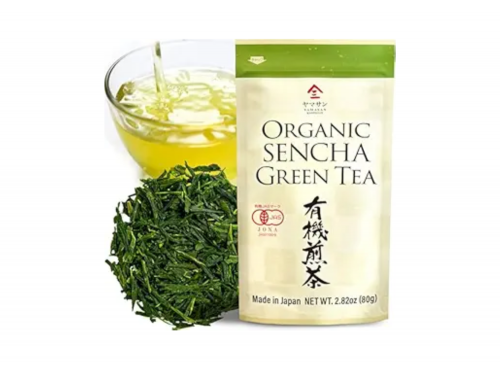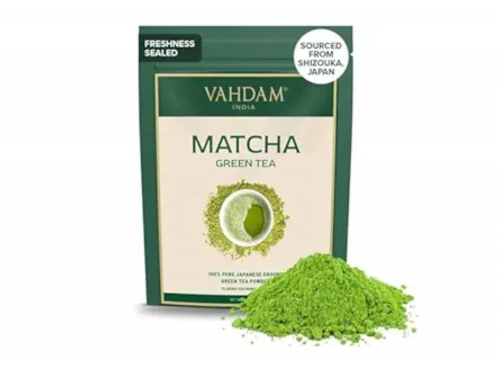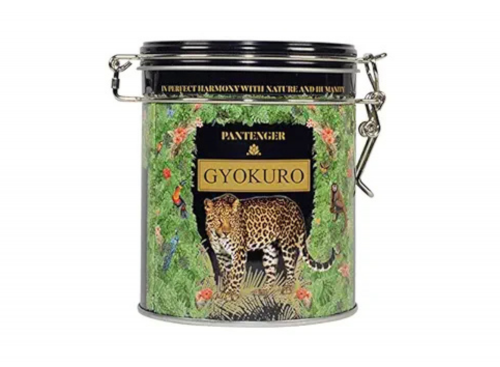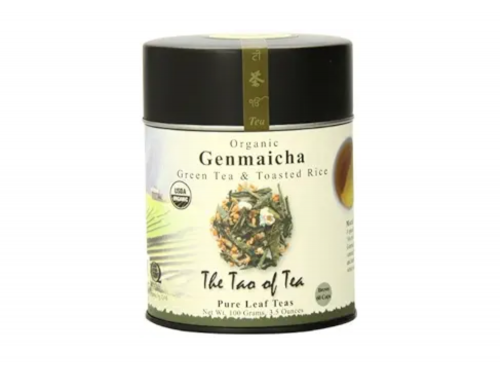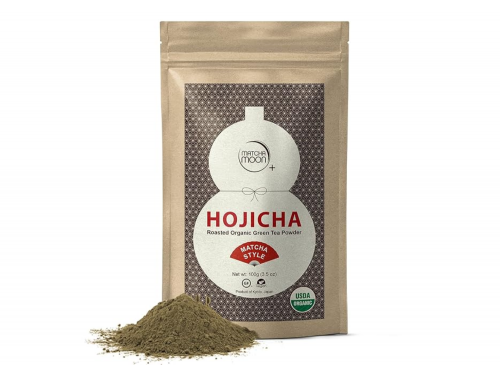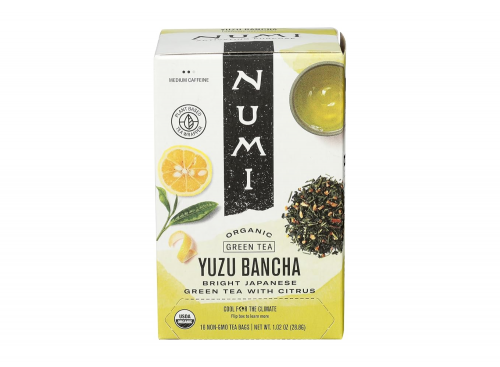Different Types of Green Tea: A Guide for Tea Lovers
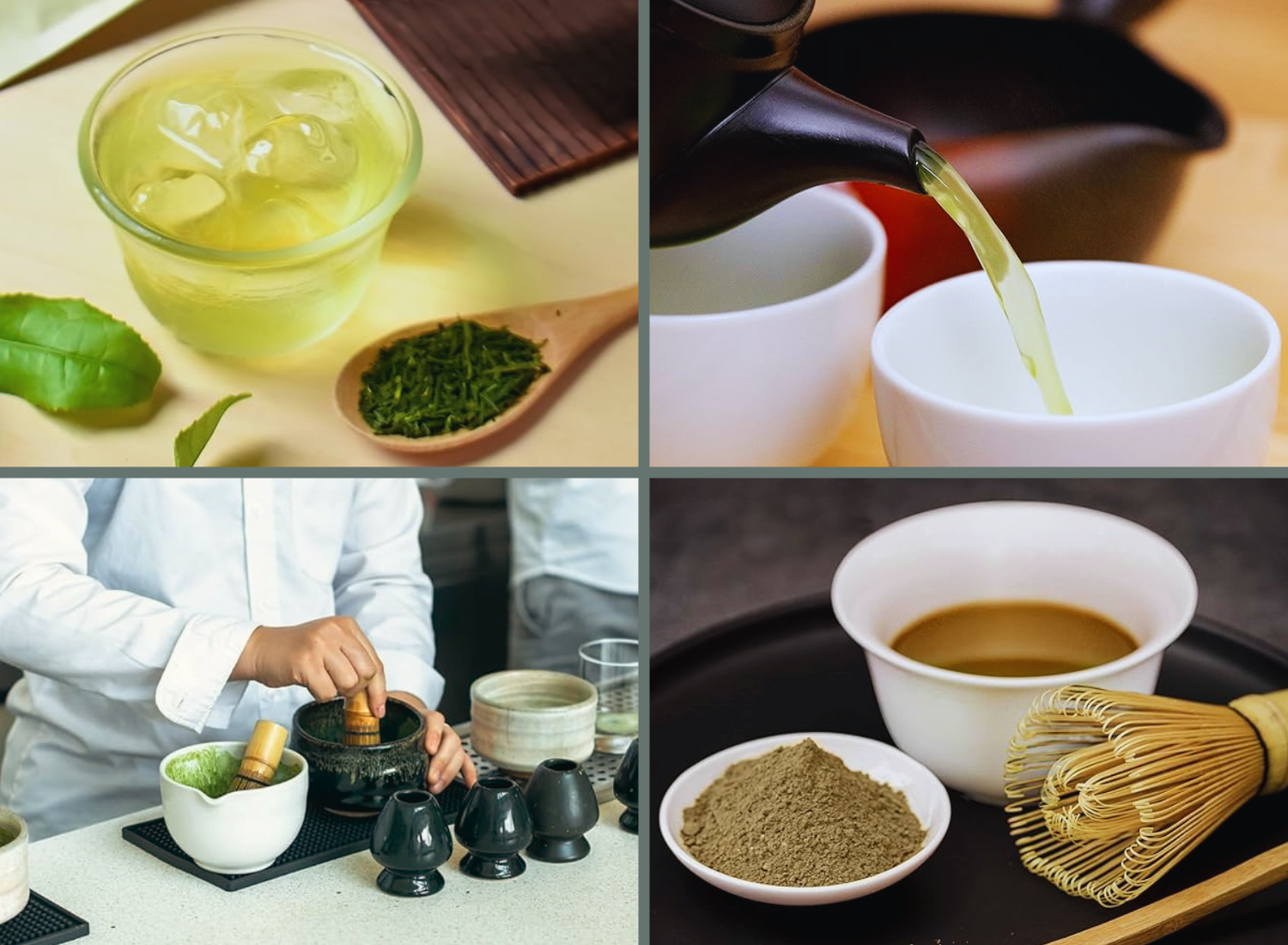
If you’re a tea lover like me, you’ve likely ventured beyond the standard grocery store blends — but how well do you know the full spectrum of green teas? Each variety of green tea has its own story, flavor profile, and tradition behind it, making green tea far more diverse than you might think.
Whether you prefer something grassy and fresh, smooth and sweet, or nutty and roasted, there’s a green tea out there waiting to become your new favorite. In this guide, I’ll introduce you to the many faces of green tea, from the familiar to the lesser-known. Hopefully, you’ll come away not only more knowledgeable about this ancient beverage but also inspired to try some of these incredible teas yourself.
Why Green Tea Deserves a Closer Look
We tend to stick to our favorites when it comes to tea — maybe a spicy chai for your morning pick-me-up or a calming chamomile tea before bed. Green tea often occupies a middle ground, seen as a healthy alternative or something to sip at a sushi restaurant. But when you look beyond the surface, green tea offers a world of complexity that can rival any oolong or Pu-erh.
Green tea’s rich variety is largely due to how it’s grown and processed. While the Camellia sinensis plant is the source of all true tea (black, white, oolong, and green), it’s the minimal oxidation that makes green tea what it is. The leaves are steamed or pan-fired shortly after picking, locking in their fresh, vibrant flavors. But from there, the possibilities explode into a wide range of teas, each with its own character.
Let’s take a closer look at some of the standout green teas you’ll want to add to your repertoire.
Sencha

If you’re familiar with Japanese green tea, then you’ve likely tasted Sencha. It’s Japan’s most popular tea, often enjoyed daily in homes, tea shops, and restaurants. Sencha is crafted from the first or second flush of the tea leaves, which are carefully steamed and rolled.
- Flavor profile: Bright, grassy, and a little sweet with a gentle astringency. It’s well-balanced, which is why it’s such a go-to for any occasion. If you’re looking for a green tea that’s versatile enough to be your daily brew, Sencha is a solid choice.
- Brewing tip: To get the best from Sencha, steep it at around 160-175°F (70-80°C) for 1-2 minutes. Any hotter, and you’ll end up with that dreaded bitterness.
Matcha

Tea lovers and wellness enthusiasts alike have fallen in love with matcha. Unlike other green teas, where you steep the leaves and discard them, with matcha powder you consume the whole leaf, which means more flavor, more antioxidants, and more energy.
- Flavor profile: Creamy, vegetal, and rich in umami. Ceremonial-grade matcha offers a delicate, slightly sweet complexity, while culinary-grade matcha has a bolder flavor that’s perfect for lattes or adding to desserts.
- How to enjoy it: Matcha isn’t steeped — it’s whisked. For a traditional cup, sift about 1 teaspoon of matcha into a bowl, add 2-3 ounces of hot water (around 175°F), and whisk it with a bamboo whisk until frothy. For a matcha latte, simply swap out the water for milk (or your favorite milk alternative).
Gyokuro
For a truly elevated green tea experience, Gyokuro is a must-try. Considered one of Japan’s finest teas, Gyokuro tea is grown under shade for about three weeks before harvest. This shading process enhances the tea’s chlorophyll content, resulting in a sweeter, more umami-rich cup.
- Flavor profile: Rich, smooth, and full of umami, Gyokuro is a luxurious tea with a sweetness that lingers on the palate. It’s less astringent than Sencha and delivers a deep, savory complexity that tea connoisseurs love.
- Brewing tip: To appreciate the delicate flavors of Gyokuro, brew it at a lower temperature — around 120-140°F (50-60°C)—and let it steep for 2-3 minutes. This slower, cooler brew brings out the tea’s subtle sweetness.
Genmaicha
For something a bit different, there’s Genmaicha, a blend of green tea and roasted brown rice. The addition of the roasted rice gives Genmaicha a distinctive toasty aroma, which makes for a heartier, more comforting cup of tea. It’s often referred to as “popcorn tea” because some of the rice pops during the roasting process.
- Flavor profile: Nutty, toasty, and slightly sweet. The roasted rice perfectly complements the vegetal notes of the tea, resulting in a brew that’s as soothing as it is satisfying. It’s a great option for those who find pure green teas a little too grassy.
- Brewing tip: Treat Genmaicha like Sencha—steep it in water at 160-175°F for 1-2 minutes. The roasted rice makes this tea particularly forgiving, so don’t stress too much if your water is a little hotter than intended.
Hojicha
Looking for a green tea that’s low in caffeine but big on flavor? You should try Hojicha, a roasted green tea that swaps the grassy notes for warm, smoky flavors. Often made from Bancha or Sencha leaves, Hojicha is roasted at high temperatures, which drastically reduces its caffeine content.
- Flavor profile: Warm, roasted, and slightly caramel-like. Its mellow, toasty flavor makes it a perfect evening tea or a cozy afternoon treat.
- Brewing tip: Hojicha is one of the easiest green teas to brew. Steep it in water around 175-185°F (80-85°C) for 1-2 minutes, and enjoy its rich, warming flavor. The roast also makes it incredibly versatile — you can even cold brew it for a refreshing iced tea with smoky undertones.
Bancha
Often overshadowed by its more refined cousin Sencha, Bancha is an everyday green tea made from later harvests. It’s a little coarser, but its earthy, robust flavor makes it a reliable option for daily drinking.
- Flavor profile: Earthy, mild, and slightly more astringent than Sencha. It’s not as complex, but that’s part of its charm. Bancha offers a no-fuss, no-frills cup of tea that’s perfect for everyday enjoyment.
- Brewing tip: Like Sencha, Bancha is best brewed at around 175°F for 1-2 minutes. It’s a workhorse tea, so don’t be afraid to brew it a little stronger if you prefer a bolder flavor.
Kukicha
Rounding out our list is Kukicha, or “twig tea.” Made from the stems and twigs of the tea plant, this unique tea offers a lighter, more delicate flavor. Don’t be fooled by its humble origins—Kukicha has a mellow sweetness that’s perfect for those who prefer a softer, more subtle green tea.
- Flavor profile: Light, creamy, and slightly nutty, Kukicha is a refreshing break from the stronger, leaf-based teas. It’s delicate yet flavorful, making it an ideal choice for a gentle afternoon brew.
- Brewing tip: Brew Kukicha like you would other green teas — at 160-175°F for about 1-2 minutes. Its light flavor makes it an excellent tea to enjoy throughout the day, without overwhelming the palate.
Discover Your Favorite Green Tea
Whether you’re in the mood for the fresh grassiness of Sencha or the cozy warmth of Hojicha, the world of green tea has something for everyone. Each variety offers its own unique experience, and the joy comes from discovering which teas speak to your personal taste and brewing style.
So, next time you’re filling your kettle, why not step outside your usual tea routine and try something new?
Our Recipe for Trust: Why Choose Kitchen Institute
At the Kitchen Institute, we're dedicated to providing reliable and accurate information on cooking trends, tips, and product reviews. Our team of passionate food enthusiasts ensures that every piece of content is thoroughly researched and based on real-world experience. We pride ourselves on our comprehensive and unbiased product reviews, rigorous research processes, and commitment to staying current with the latest culinary innovations. Trust us to enhance your culinary journey with quality insights and practical advice.
